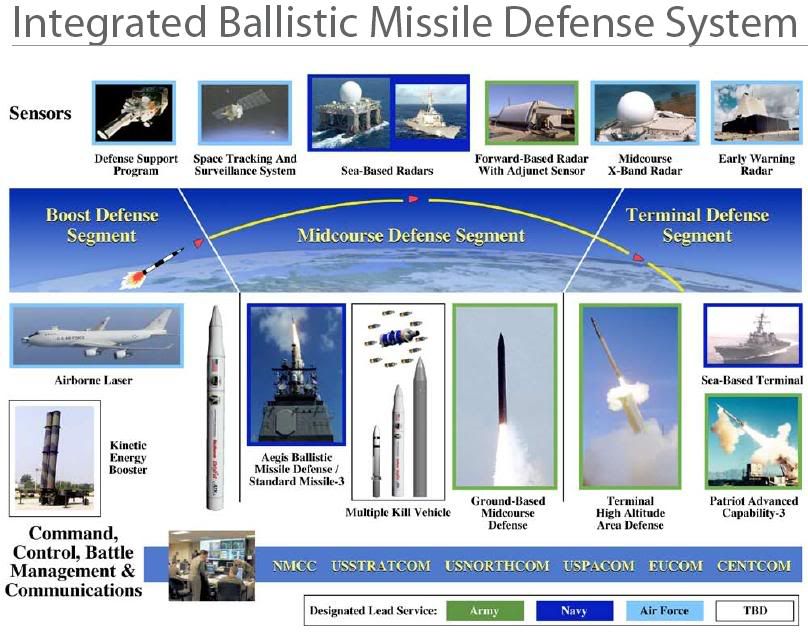faithfulguy
ELITE MEMBER

- Joined
- Nov 29, 2009
- Messages
- 13,650
- Reaction score
- -2
- Country
- Location
I would say difficult but not 'too difficult'.

When people speaks of mid course interception, they (understandably) think of a head on interception scheme. After all, the weapon is approaching and if you are on the defensive, a head on intercept is pretty much the best response you have. A head on intercept is always the most technically challenging, simply because if you miss, the odds of you reacquiring the target after a turn around time is pretty slim. Slim to none. So for a head on interception scheme, sensor and guidance integration is the most crucial design phase. It is not likely that I would launch an interceptor after the weapon passed, aka a 'tail chase' intercept.
For starter, atmospheric interference will dilute beam concentration.
Second...A geosync orbit is equatorial and North Korea is a couple thousands miles from the equator. I may be wrong but I think a geosync orbit altitude is the highest popular usable one. So now not only do we have atmosphere induced losses and beam spread, we also have to contend with a little bit longer distance from equator.
Third...Anything in orbit must be low maintenance and I mean really really low. The vast majority of satellites in orbit are not visited by man once a satellite is seated where it supposed to be. This laser weapon must be no different. The power required to relay **** from Earth is not powerful enough to burn through sheetmetal. This laser weapon must be.
Sounds like the BMD system is designed to shoot down a single missile shoot at a highly prized target with massive number of interceptor, hopefully one will intercept. It is not designed for a massive barrage of missile attack.
